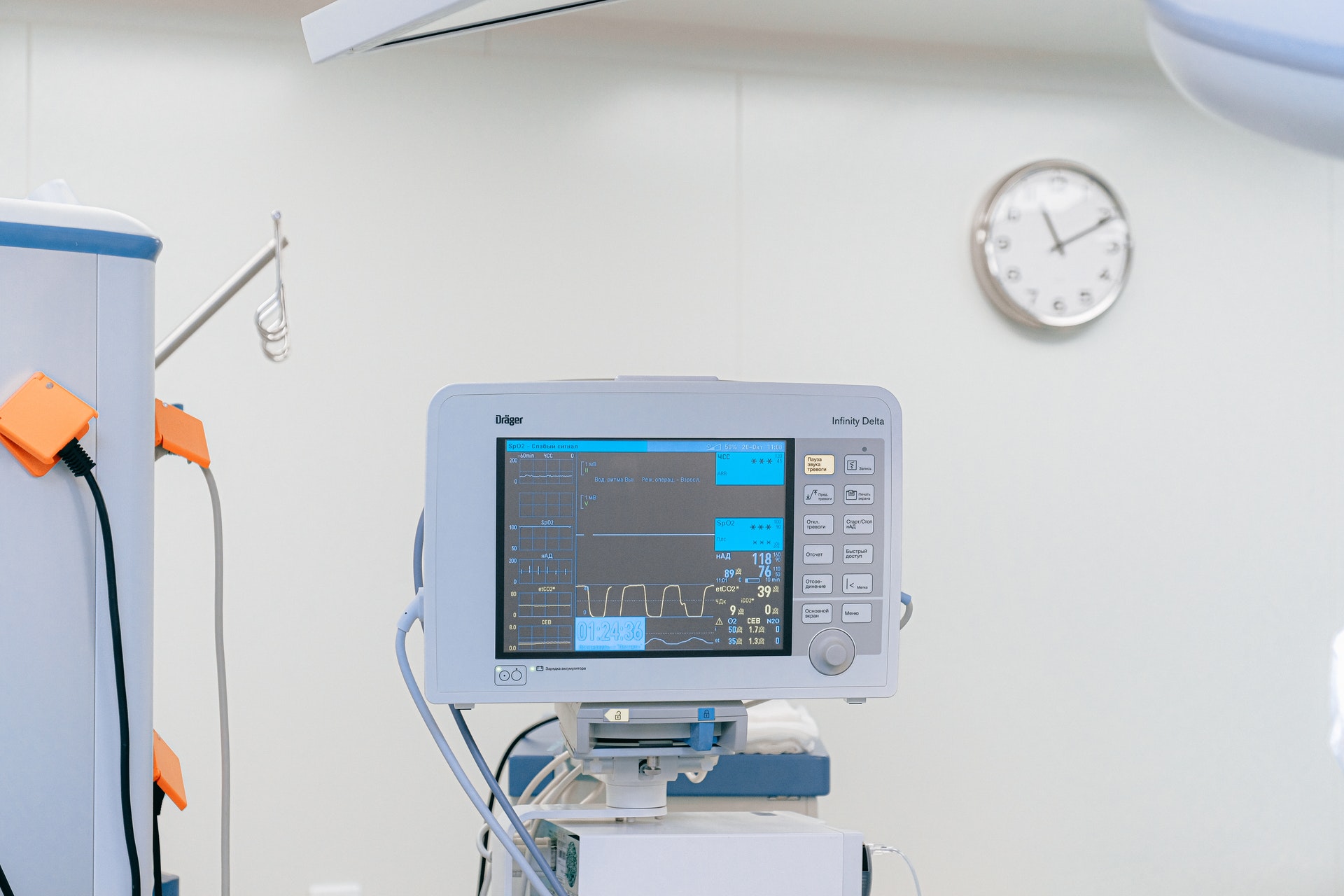There are many routes you can take to get your medical device on the market. But there are also a few pitfalls that should be avoided, especially when contracting to an outsourced manufacturer. Here are the top three things every manufacturer should avoid doing.
Consolidating Without a Contingency Plan
One of the biggest worries about consolidation is putting your eggs in one basket. Vendor consolidation can cut costs back, but if you choose the wrong vendor, you can create a risk. Trustworthy contract manufacturers always keep their client’s wishes in mind, and in the event, there is an emergency, they have a contingency plan lined up. If you consider outsourcing your manufacturing, question them on what they would do if the supply chain is disrupted, or if any other challenges come to the surface.
Not Looking Into The Vendor’s Skillset
Not every manufacturer possesses the same degree of skill and capability to carry out a project. Special techniques for your product require an adept manufacturer. To ensure that the manufacturer will successfully address your concerns, provide them with documentation about your product. You should also specifically outline unique features that need high attention and consideration.
Sticking With In-house Manufacturing
Just because you can afford it, doesn’t mean you should stick with it. For small-sized vendors, manufacturing consolidation is great. Manufacturing isn’t cheap, and oftentimes companies can’t afford to handle marketing, R and D, sales, and distribution. Large organizations have the budget to do in-house manufacturing, but that doesn’t mean your company should in the event a consolidation takes place. This leaves an opportunity to undercut your prices with similar quality products.
Changing manufacturers brings a lot of uncertainty. However, you should always be prepared when you shift gears. Make sure to avoid these pitfalls when it comes to medical device manufacturing consolidation.






Recent Comments